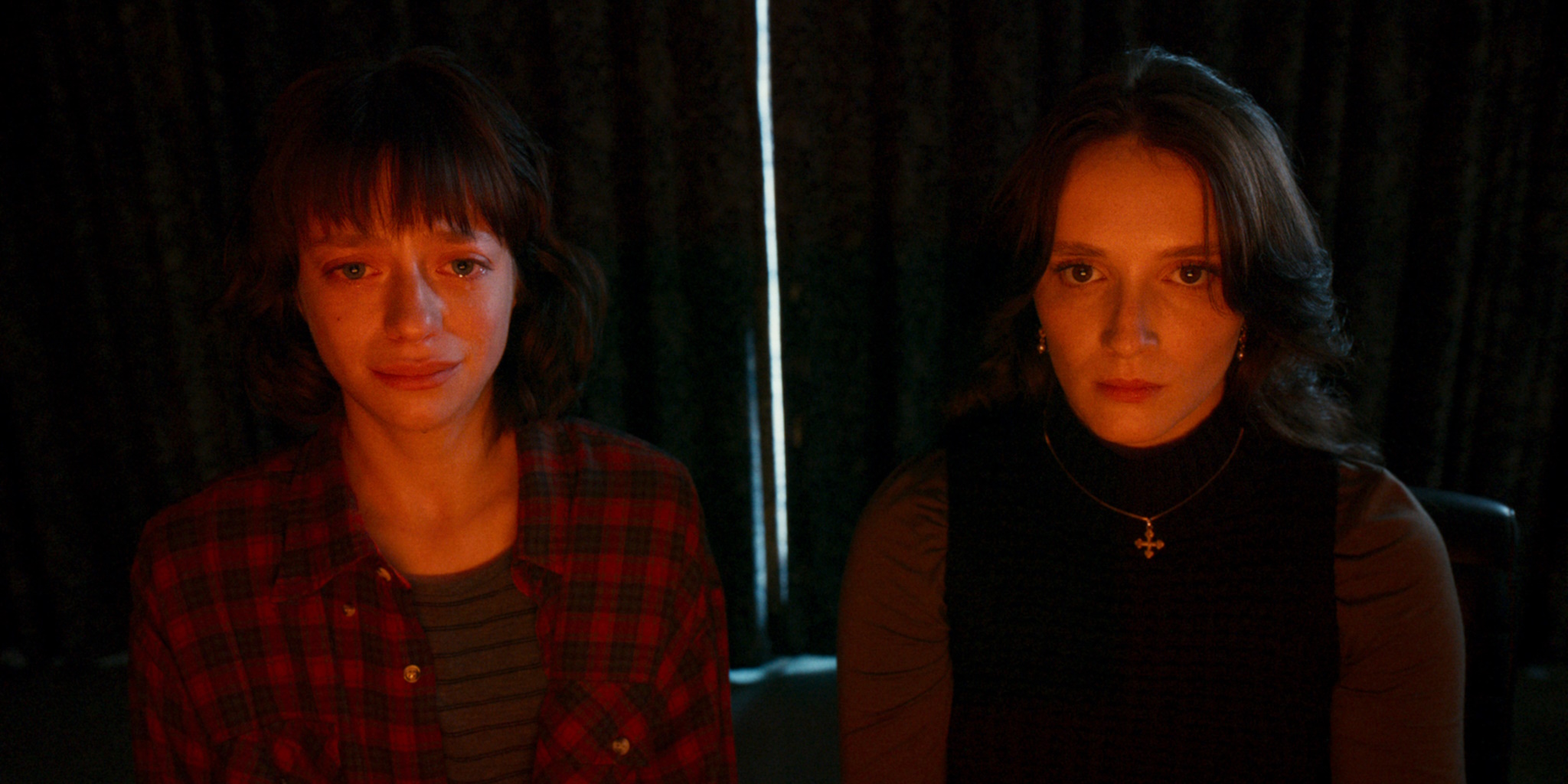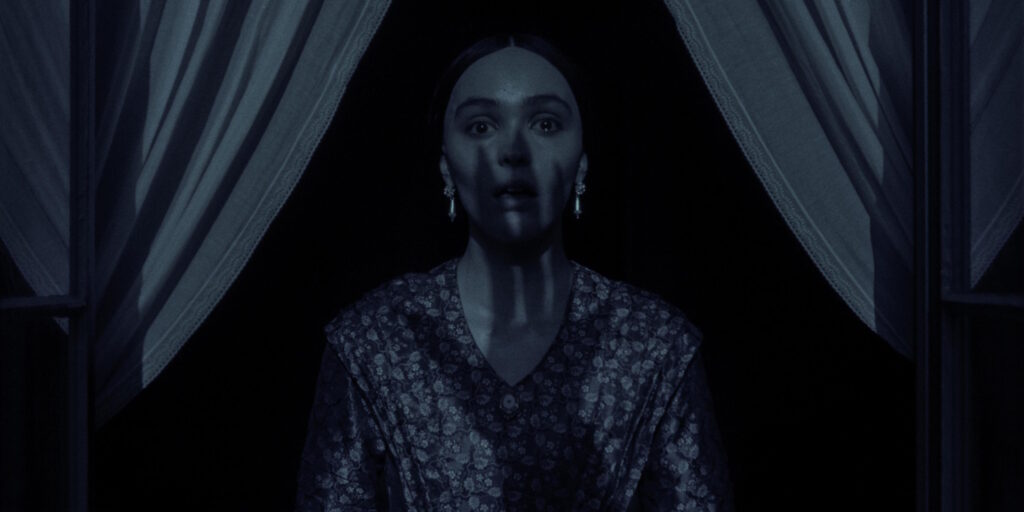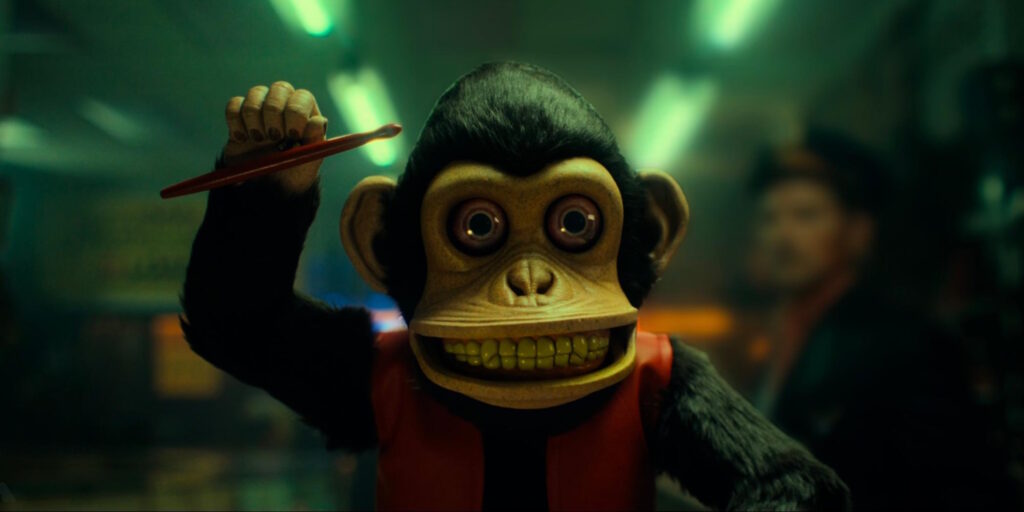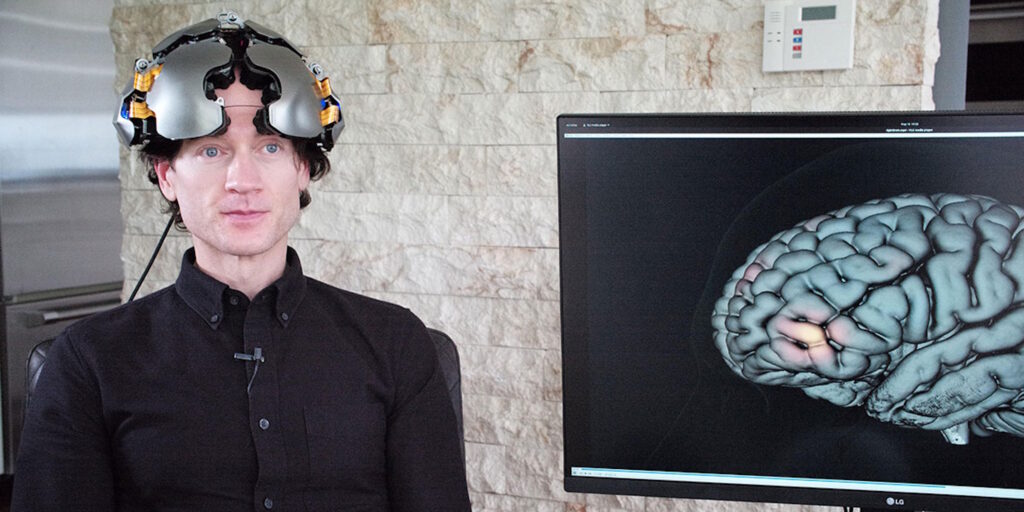A few weeks ago, I watched a documentary series about Paul Bernardo and Karla Homolka, the so-called Ken & Barbie Killers. In the early 1990s, the Canadian couple killed three teenagers, one of them Homolka’s own sister. Bernardo videotaped the rape, torture, and murder of the other two girls, which is terrible, of course, but it made for excellent evidence when the trial came around. Some years later, the authorities chose to destroy the tapes. This is unusual in police work — deliberately eliminating the most unquestionable evidence of a heinous crime while the perpetrators are still alive and still subject to (for instance) appeals and parole. However, the police officers interviewed in the documentary said the tapes were so horrific, and their mere existence was such a profound insult to the girls’ families, that destroying them was the appropriate course.
The documentary left out a lot of incidental detail I wanted to know, so I decided to read a book on the killers. It was awful, a highly speculative tabloid exercise that included transcribed snippets of those appalling tapes. I was sorry I’d read it right up until I saw Red Rooms, the third outing by Quebecois filmmaker Pascal Plante (male), and a film which probably has no creative relationship to the Ken & Barbie murders. Yet I was glad to have that real-life case to bounce around in my head during the film.
Red Rooms takes place in the present, when recording horrible acts with a camera has different uses and meanings than it did when a camcorder was state-of-the-art. The title refers to rooms where people allegedly broadcast and record real murders (snuff films, to use a term even older than Bernardo’s and Homolka’s crimes) and then sell those recordings on the dark web. Central to the film is the trial of Ludovic Chevalier (Maxwell McCabe-Lokos), accused of the murders of three teenage girls, two of which involve red room evidence. The third recording is missing at the start of the trial.
From its first frames, Red Rooms is clearly a character study of Kelly-Anne (an assured and arresting Juliette Gariépy), whose personality is an odd mixture of opposing traits. She’s extremely beautiful, so much so that her day job is modeling. However, she makes most of her money playing poker with Bitcoin and hacking, endeavors that typically attract basement-dwelling men in ill-fitting t-shirts. She lives in a boxlike apartment with a stunning view of Montreal, subsisting on smoothies and the voice of her bespoke digital assistant. Yet every weekday morning she wakes up in an alley, where she sleeps to claim a seat in the courtroom at Chevalier’s trial.
After its initial focus on Kelly-Anne, the film spends nearly 15 minutes in the courtroom, listening to the two attorneys’ opening statements with minimal cuts. The camera sits in the jury box, zooming and panning and tracking magisterially from one focal point to another. It’s pretty skillful, and not without interest, but this long passage early on teaches the audience that this film is a courtroom drama, that it’s going to be composed of small moves and big talk, and that Chevalier is the mysterious figure that bears watching, not Kelly-Anne. It’s the obvious lesson, and also a miscalculation on Plante’s part, because that’s not what Red Rooms is at all.
In reality, the film is a near-impervious psychological thriller, with a central question about what it means to watch and be watched. This question is particularly potent in an age when all citizens of the Internet are both subject to and culpable for the exposure of our most vulnerable moments. Chevalier and Kelly-Anne bear more culpability than most, because he is a recorder and she is a watcher.
Soon after the trial starts, Kelly-Anne meets Clementine (Laurie Babin), a “groupie,” as the film puts it, who sleeps on the street to watch the trial just as Kelly-Anne does. Clementine talks compulsively through their first few scenes together, professing her belief that Chevalier is innocent. Kelly-Anne’s attendance at the trial isn’t so easy to explain, especially not after she reveals to Clementine that she has possession of the first two girls’ murder videos, and that she is sure that Chevalier committed the crimes. They watch the videos together at Kelly-Anne’s computer console, the camera focused on their faces with the unbearable sounds of the videos in the background. Clementine reacts with horror and tears while Kelly-Anne unemotionally explains aspects of what’s on screen. Immediately afterward, Clementine leaves Montreal, shattering a hesitant friendship that has sprung up between the women.
Clementine’s departure removes the brakes from Kelly-Anne’s behavior. On Chevalier’s birthday, she comes to court dressed as the third murdered girl, in a blond wig, braces, and a school uniform. It’s a pivotal moment for the audience, who until this point can’t be sure what Kelly-Anne’s obsession with Chevalier’s trial means. Her outlandish effort to please him indicates she, too, is a groupie.
Being addicted to true crime does not mean approving of killers. I watched and read about the Ken & Barbie Killers because I am fascinated by psychopathic behavior — much as a zoologist seeks to understand unusual feature in animals — and not because I think killers are in any way glamorous. I gave Kelly-Anne the benefit of the doubt for most of Red Rooms, thinking her obsession with the case amounted to observation and seeking. Instead, Kelly-Anne and Chevalier are two of a kind. Both are more fully alive once they descend to the deepest levels of the Internet, where dank horrors grow. She manipulates and digitally stalks, while he murders for profit. Both are callous and alienated. She can survive in the outside world, barely, but he cannot.
Plante’s film is troublesome in its pacing, which is sometimes meaninglessly slow and sometimes unfurling so as to astonish in just the right way. The score, by Plante’s brother Dominique, is attention-grabbing and excellent. The performances are well-tuned, and the script is smart, if a little opaque at times. I don’t believe Plante is finger-wagging about the power and corruption of the Internet, but more exposing its true reach to those blissfully unaware. In its mechanics, the film is either showy (long takes, the use of security-camera angles and filters) or fairly nondescript (street and subway scenes). The camera spends a great deal of time looking out from Kelly-Anne’s computer monitors, the city winking over her shoulder, as she clicks around checking on her Bitcoin wealth and other people’s passwords. Colors reflecting on her face make it obvious that she’s looking at a world, not merely a computer, and here Plante reveals an influence that focuses the film and gives it rich meaning.
Kelly-Anne’s screen name is LadyOfShalott. In Alfred, Lord Tennyson’s poem of that name, a woman sits alone and weaves on a loom. She is unable to look at the world directly, only through a mirror that faces out her window. These reflected images are mere shadows, not reality — reminiscent of Plato’s shadows on the cave wall, which film studies classes often interpret as an allegory for cinema — but she is trapped at the loom. Eventually, when Lancelot rides by, she looks directly out the window, and this causes her mirror to crack and a curse to descend. She deserts her loom and takes a boat down the river, where she dies.
The evocative imagery of the poem inspired many 19th-century painters, making the Lady of Shalott a common subject for art and sculpture — some of which appears in Kelly-Anne’s apartment. Yet she herself is an effective translation of the Lady: facing away from the cityscape outside her windows; seeing life only via the mirror of the Internet, not engaging with it; unable to cope with the world once seen through her own eyes, yet unable to return to her illusion. (That would turn Chevalier [French for “knight”] into Lancelot, an interesting correlation.)
It bothers me that Red Rooms did not make this influence more apparent at the outset, perhaps with a title evoking the Lady, because the parallel to a 200-year-old poem makes a character study of Kelly-Anne exponentially more compelling and coherent than it is otherwise. It also bothers me that the film doesn’t dare to indict its audience, as does a film like Peeping Tom (1960) — also about a killer who records his killing.
We are not all watchers or obsessives to the same degree, of course. I may be a true crime fiend, but nothing would make me sleep rough in Montreal or watch an actual snuff film. Still, I watch movies because I am a little sick, as Michael Powell knew. I would have liked Pascal Plante, who has made a film so explicitly about watching and being watched, to acknowledge that he knows it, too.
Red Rooms is now playing in select theaters.




